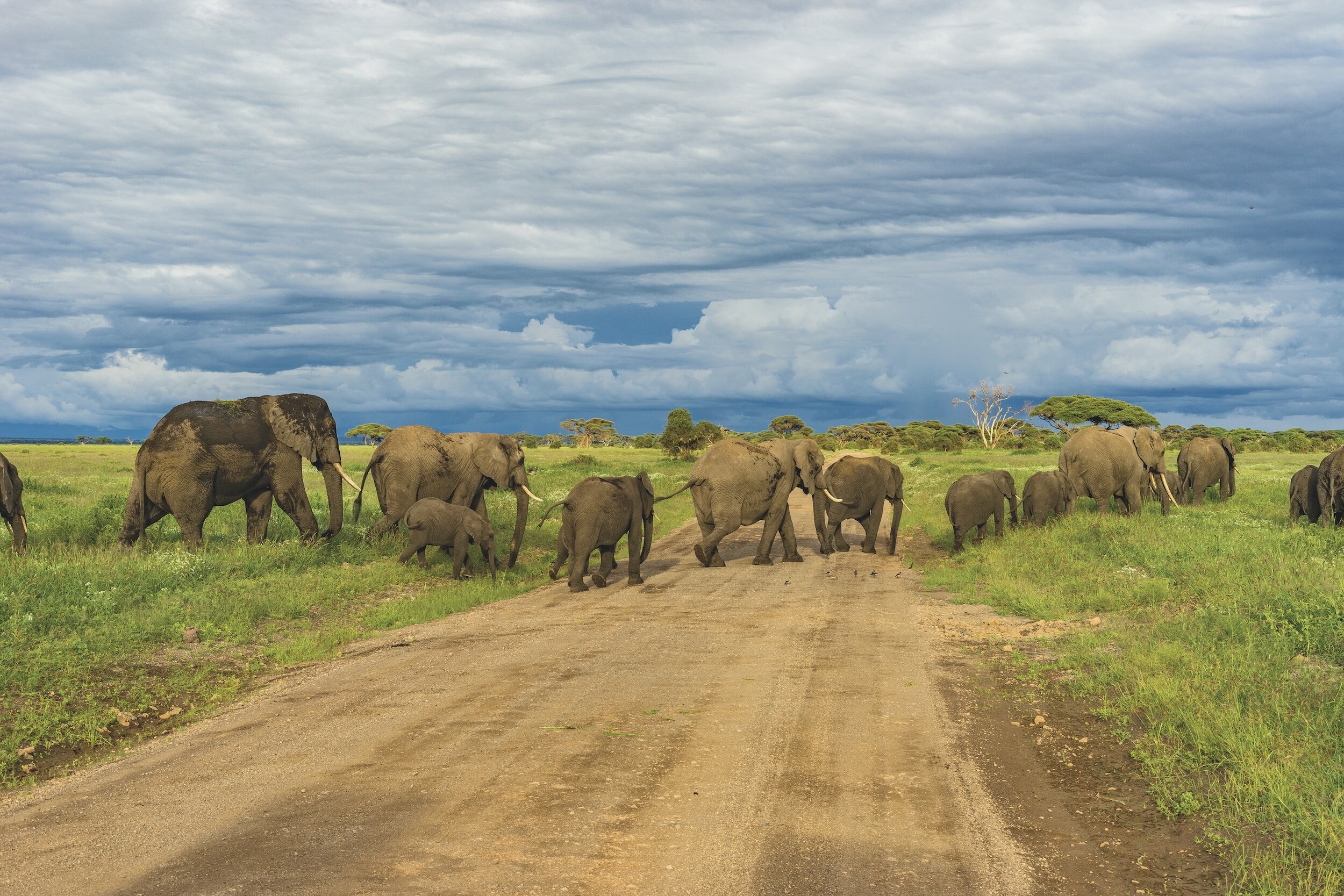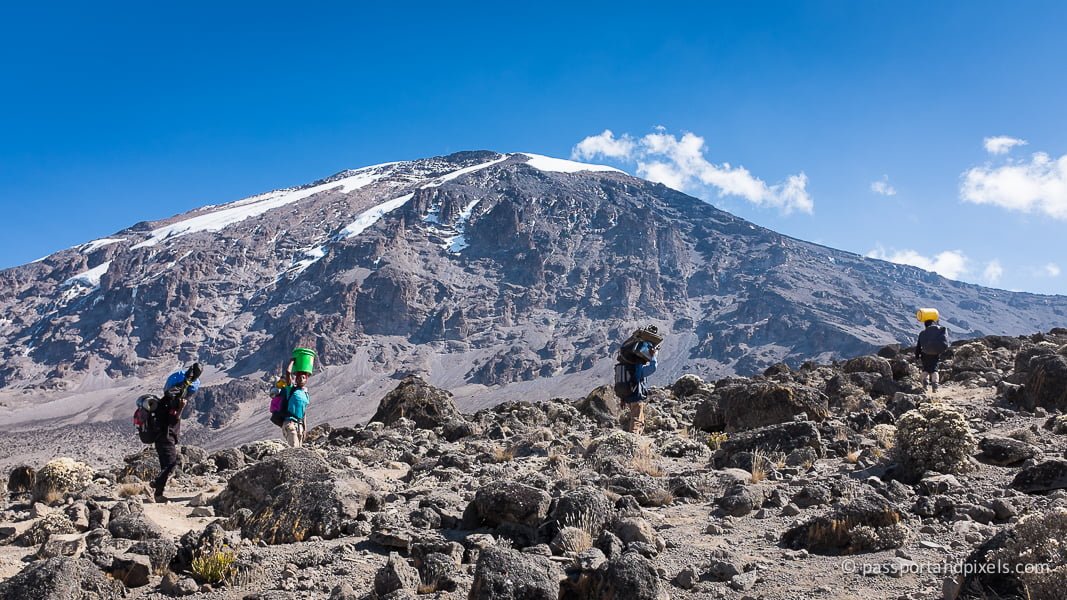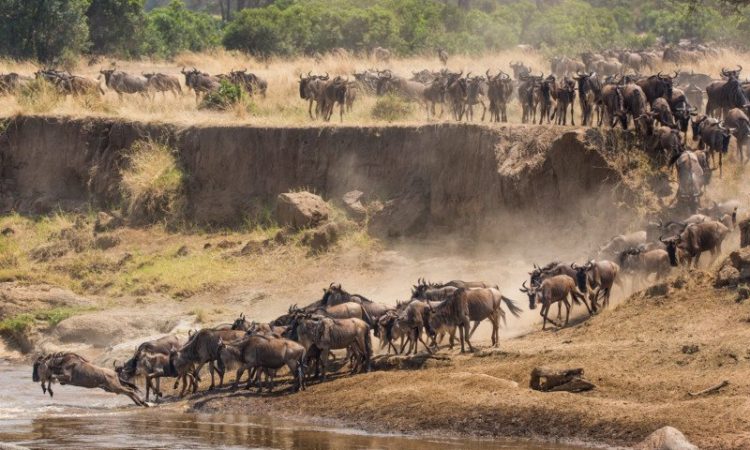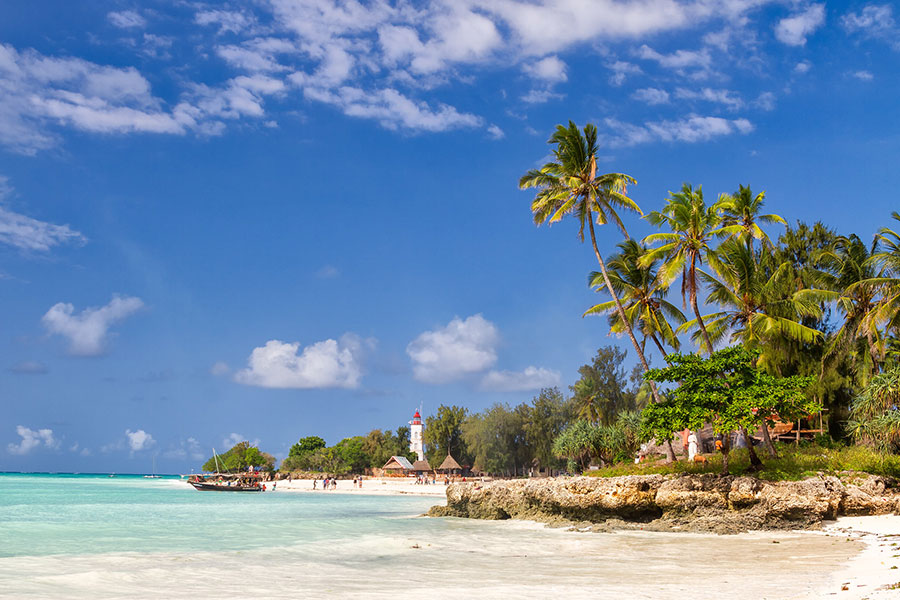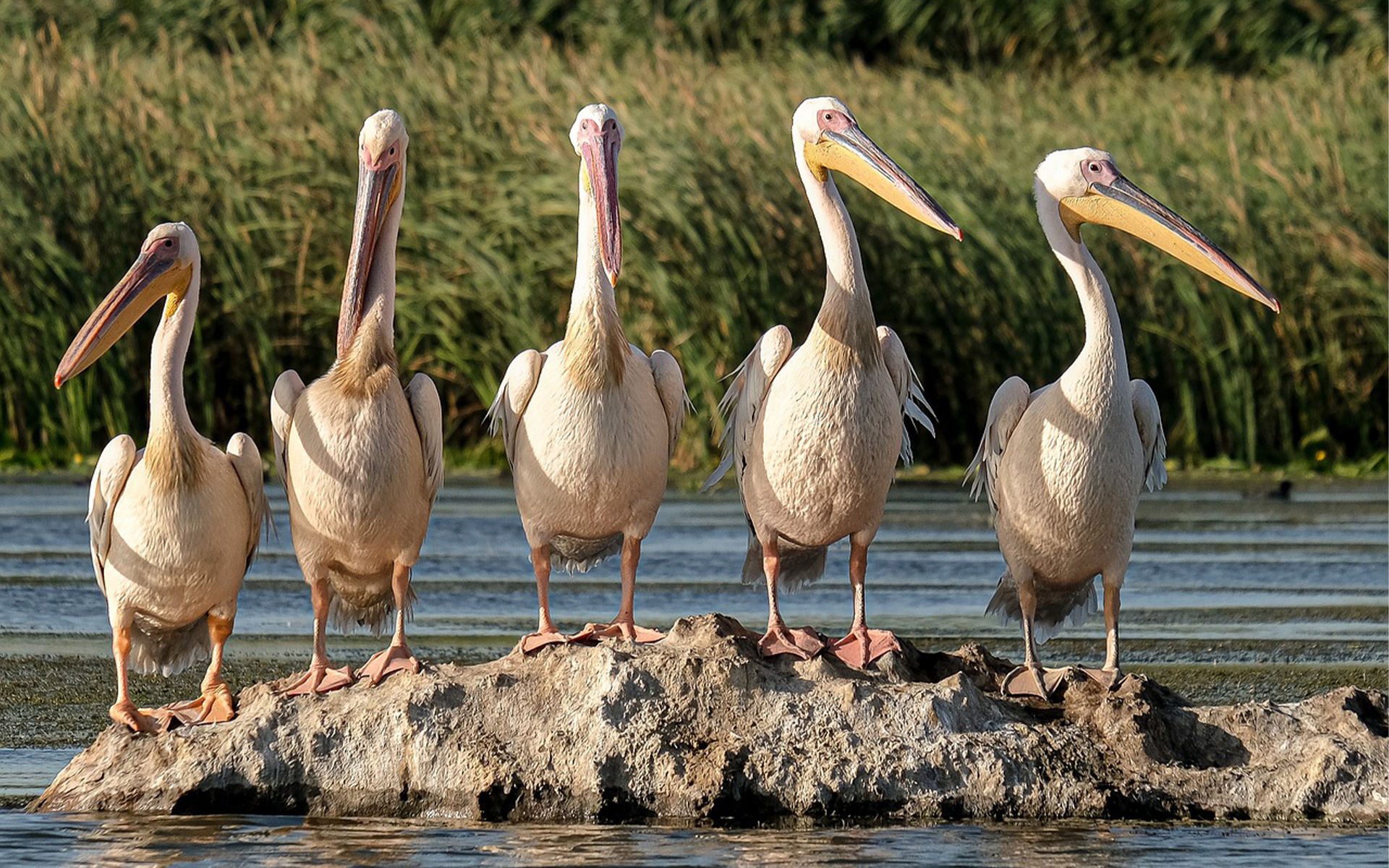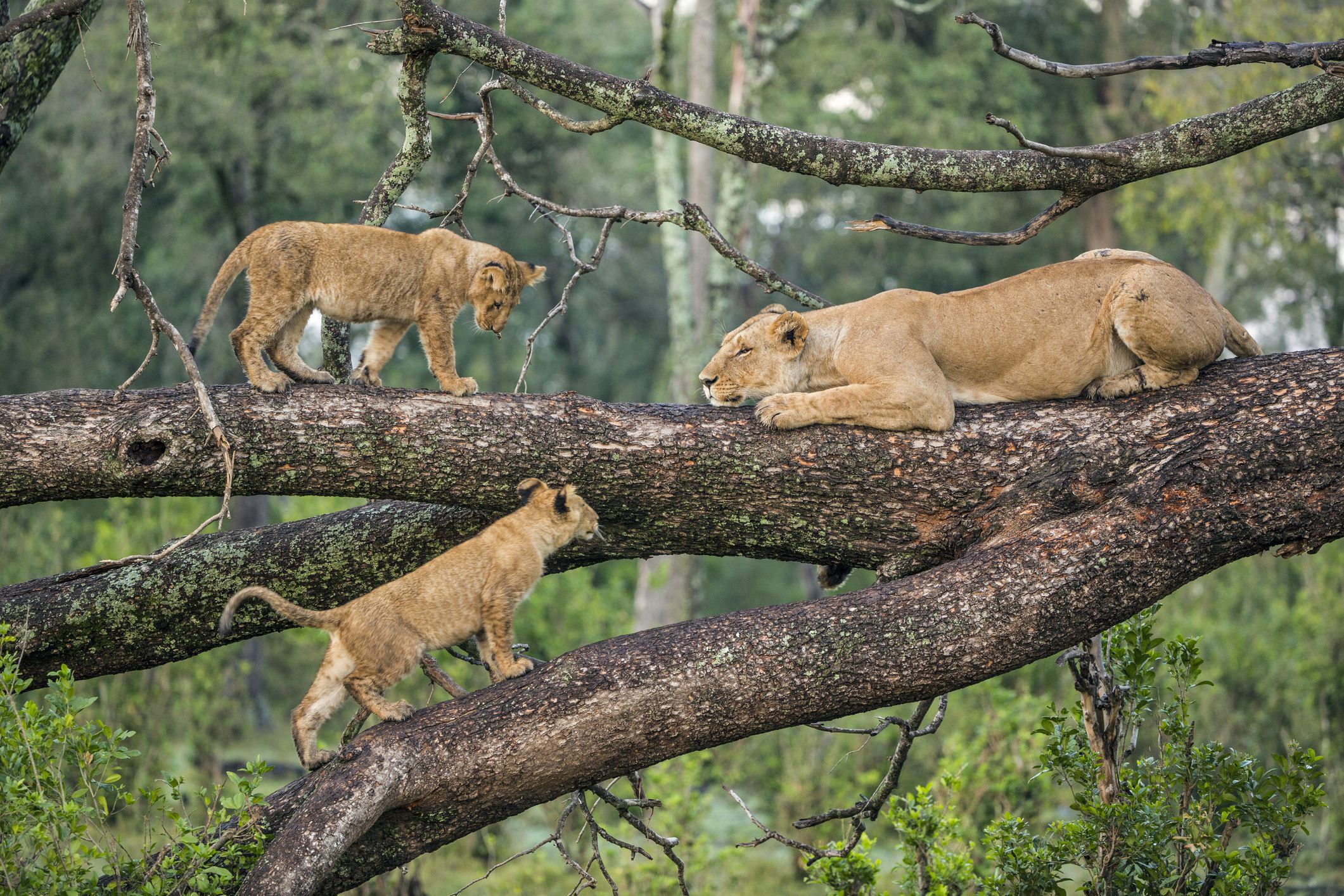
Best Time to Visit Tanzania: A Seasonal Guide to Safaris and Wildlife
Best Time to Visit Tanzania: A Seasonal Guide to Safaris and Wildlife
Tanzania is a year-round safari destination, offering a range of wildlife experiences across its stunning national parks. However, the best time to visit depends on your interests, whether it's witnessing the Great Migration, enjoying the best weather, or exploring specific parks. This guide breaks down the seasons and what you can expect during each one, helping you plan your dream Tanzania safari.
1. Dry Season (June to October) – Best for Wildlife Viewing
The dry season, stretching from June to October, is widely considered the best time to visit Tanzania for safaris. During this period, the weather is generally warm and sunny, with little to no rain. The Serengeti, Ngorongoro Crater, and Tarangire National Park are prime spots for wildlife viewing.
- Wildlife Activity: As water sources dwindle, animals congregate around the remaining waterholes, making it easier to spot wildlife, including the Big 5 (lions, elephants, buffaloes, leopards, and rhinoceros).
- Great Migration: In the Serengeti, the migration is often found in the northern regions, where wildebeest, zebras, and gazelles gather in large numbers, and dramatic river crossings may occur around the Mara River.
- Weather: The weather is warm with temperatures ranging from 20°C to 30°C (68°F to 86°F), perfect for outdoor activities. Rain is rare, making game drives more enjoyable.
2. Green Season (November to May) – Best for Scenic Beauty and Bird Watching
The green season, which runs from November to May, brings the rains to Tanzania. While it’s a less popular time for some visitors, the landscape transforms into a lush green paradise, and the parks are far less crowded.
- Wildlife Viewing: Many animals give birth during this period, especially in the southern Serengeti (December to March), so it’s an ideal time to see newborns. However, animals may be more dispersed as water sources are abundant.
- Bird Watching: This is the best time for bird watchers. Migratory species flock to Tanzania, and you’ll have a chance to spot vibrant birds like flamingos, pelicans, and eagles in Lake Manyara National Park and the Ngorongoro Crater.
- Great Migration: From January to March, the wildebeest and zebras give birth in the southern Serengeti, making it an excellent time for witnessing calving season. The herds then begin moving north as the dry season begins.
- Weather: Expect cooler temperatures, ranging from 18°C to 28°C (64°F to 82°F), with short, heavy rains in the afternoon or evening. This season provides a fresh, vibrant landscape, perfect for scenic photography.
3. Shoulder Season (April and May) – Best for Low Prices and Fewer Crowds
April and May fall within the green season but are considered the shoulder season due to the higher chances of rain. Although the weather can be unpredictable, it’s a great time for those seeking lower prices and a more tranquil experience.
- Wildlife Viewing: Some animals may be harder to spot as they spread out, and the vegetation is dense due to the rains. However, the Ngorongoro Crater and Tarangire National Park still offer fantastic wildlife opportunities.
- Great Migration: The migration is in the western Serengeti, but rain can make travel to this region challenging.
- Weather: Expect heavy rains, especially in the afternoon. Temperatures range between 18°C to 27°C (64°F to 81°F). Be prepared for wet conditions, though the rain usually doesn’t last all day.
4. Wildlife Events – A Year-Round Adventure
Aside from the weather, there are specific wildlife events to consider when planning your safari:
- The Great Migration: The migration takes place year-round, but the best time to witness dramatic river crossings is from June to September in northern Serengeti or the Mara River. Calving season occurs in January to March in southern Serengeti.
- Calving Season: This occurs in the southern Serengeti between December and March, and it’s an exciting time to see many wildebeest and other animals giving birth, attracting predators.
When is the Best Time to Visit Tanzania?
Tanzania offers amazing wildlife experiences year-round, but the dry season (June to October) is considered the best time for game viewing, especially in the Serengeti and Ngorongoro Crater. If you’re a bird lover or photographer, the green season (November to May) will reward you with lush landscapes and vibrant birdlife. For those on a budget, the shoulder season provides an opportunity to experience Tanzania without the crowds, but be prepared for some rain.
Regardless of the time you choose, Tanzania’s breathtaking parks, wildlife, and natural beauty ensure an unforgettable safari experience.

